A brief History of World Coffee (2) World History of Fine Coffee
·1573
The Europeans first described coffee by German doctors staying in Syria. In the second half of the 16th century, European tourists traveling in the east coast of the earth gradually spread.
·1660
The British East India Company was founded, and the Dutch East India Company was founded in 1602. East India Company is a general term for European companies engaged in trade between Asia and Europe and operating colonies in South Asia and Southeast Asia from the 17th to the 19th centuries. During this period, Arabs transported coffee trees to India.
·1615
The first European coffee to reach Venice was brought back from Turkey by a French traveler, and it is said that Venetian merchants already had coffee at the end of the 16th century.
·1625
Cairo already has more than 300 coffee shops, and this time Cairo coffee is sweetened coffee.
·1640
For the first time in Europe, Dutch merchants shipped coffee from the port of Muha in Yemen to Amsterdam.
In 1645, the first café appeared in Venice, and coffee became the common drink in Italy.
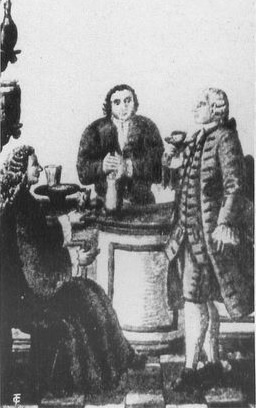
Early images of aristocrats drinking coffee in Venetian cafes
·1650
Britain's first coffee shop was born (Jews opened it in Oxford).
·1652
London has its first coffee shop. (Greek)
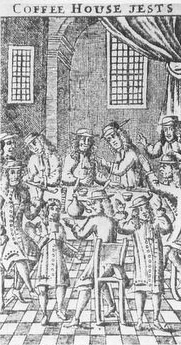
Coffee houses in 17th century London
·1660
France's first coffee import (from Egypt to Marseille)
·1664
The Hague opened its first cafe.
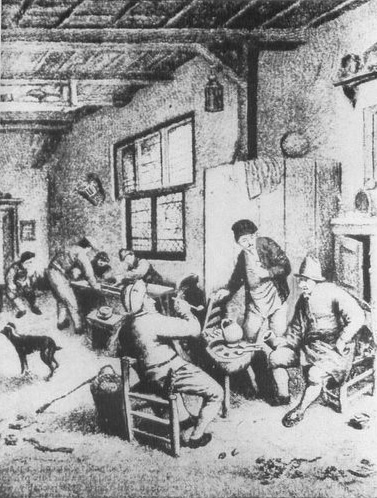
Dutch Coffee House in 1650
·1664
England took New Amsterdam from Flower Orchid and renamed it New York. Coffee arrived in North America four years later.
·1668
Coffee spread to North America.
·1670
Coffee comes to Germany.
·1672
The first café (Armenian) appeared in Paris. Before I opened this shop, I sold coffee on the streets of Paris while holding a pot. This year Louis XIV began his second invasion of Holland.
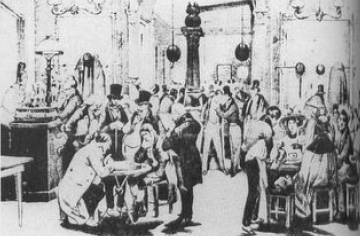
A typical Parisian cafe in the early 19th century
·1683
Vienna opened its first café (Polish). After the defeat of the Turkish army surrounding Vienna, a large number of coffee beans were left in Vienna, and cafes used these coffee beans.
·1685
After French doctors applied milk coffee to medical treatment, milk coffee became popular in France.
·1686
In Paris, the world's first salon-style cafe was born-Café Procep (Sicilian). Café Procep is a salon of thinkers and writers. After that, salon-style cafes were born one after another.
Important Notice :
前街咖啡 FrontStreet Coffee has moved to new addredd:
FrontStreet Coffee Address: 315,Donghua East Road,GuangZhou
Tel:020 38364473
- Prev
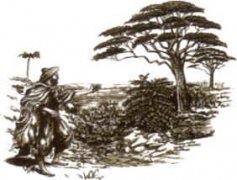
A brief History of World Coffee (1) the World History of Fine Coffee
In 622, Muhammad, the prophet of Islam, led the believers to migrate from Mecca to Medina and began to establish a church state, which developed into a powerful empire spanning Central Asia to the Liberian Peninsula in a century. Ethiopia, the origin of coffee, was included in the Ilan Empire and remained independent as a Christian country. Coffee began to flow from Ethiopia to Afghanistan in the early 11th century.
- Next

A brief History of World Coffee (3) World History of Fine Coffee
An English coffee shop was born in Boston in 1688. Coffee cultivation began in 1696 from the Netherlands and western India to Java. Coffee was successfully cultivated on the Dutch island of Java in 1699. In 1706, cafes in Java shipped goods to the Netherlands for the first time. At the same time, the seedlings were sent together and planted in the Amsterdam Botanical Garden. In 1720, F in Venice
Related
- Beginners will see the "Coffee pull flower" guide!
- What is the difference between ice blog purified milk and ordinary milk coffee?
- Why is the Philippines the largest producer of crops in Liberia?
- For coffee extraction, should the fine powder be retained?
- How does extracted espresso fill pressed powder? How much strength does it take to press the powder?
- How to make jasmine cold extract coffee? Is the jasmine + latte good?
- Will this little toy really make the coffee taste better? How does Lily Drip affect coffee extraction?
- Will the action of slapping the filter cup also affect coffee extraction?
- What's the difference between powder-to-water ratio and powder-to-liquid ratio?
- What is the Ethiopian local species? What does it have to do with Heirloom native species?

